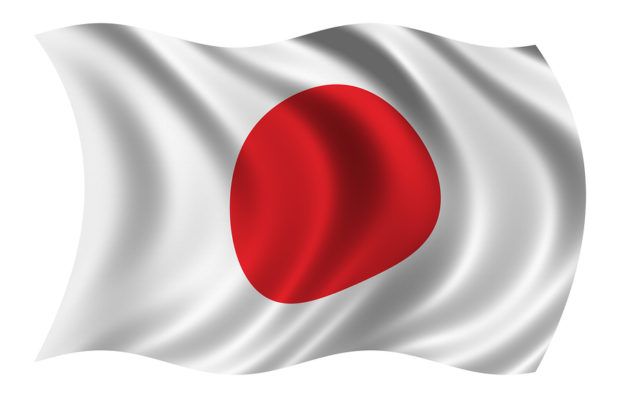Japan is sending more than 110,000 people including its Self-Defense Forces to tackle rescue and cleanup operations in the wake of the most powerful typhoon to hit the country in decades, which left at least 43 people dead.
Police, firefighters and the coast guard are also participating in the rescue efforts, Japan’s Chief Cabinet Secretary Yoshihide Suga told a news conference on Monday. More than 200 people were injured and 16 were missing as many areas were hit by record amounts of rainfall and violent winds, according to national broadcaster NHK.
At least 48 landslides and mudflows have been reported in 12 prefectures, and nine rivers burst their banks, Kyodo news reported, citing the Ministry of Land, Infrastructure, Transport and Tourism.
The heavy rain destroyed river banks in central and northern Japan — most seriously the Chikuma River in Nagano prefecture, northwest of Tokyo. Houses were flooded in the area, with NHK showing footage of collapsed bridges and residents being rescued by helicopter from rooftops.
Typhoon Hagibis moved away from the island by Sunday morning and was downgraded to a tropical storm, according to the Japan Meteorological Agency. At its peak, Hagibis was packing winds of up to 252 kilometers (157 miles) per hour.
Help Request
A total of nine local governments, including Tokyo and Nagano, have requested assistance from the country’s Self-Defense Forces. Defense Minister Taro Kono tweeted that a total force of 31,000 troops was formed and about 40 aircraft are in operation to help residents.
Domestic flights were mostly operating normally on Monday, though there were some delays. More than 800 flights in Japan were canceled for Sunday as of early morning.
The economic impact from the storm has yet to be determined as companies were forced to suspend operations at stores and factories. Honda Motor Co. shut down four factories, the Nikkei newspaper reported Saturday. Toyota Motor Corp., Nippon Steel Corp. and Sapporo Holdings Ltd. also suspended operations at some plants.
Big Damages
Insurance claims for the typhoon, which threatens to be the nation’s second-costliest storm, may reach $5 to 10 billion, Bloomberg Intelligence analyst Steven Lam wrote in a report. Widespread floods will likely push up average claims higher than Typhoon Faxai, which hit Tokyo and Chiba in September.
JXTG Holdings Inc.’s Negishi refinery suspended shipping after flooding caused problems to its equipment, but operations have resumed, according to a Ministry of Economy, Trade and Industry statement. METI also said that about 77,630 households were without power.
Convenience stores closed temporarily due to power outages and flood damage. FamilyMart Co. said about 50 stores were shut. Other retailers, including Isetan Mitsukoshi Holdings Ltd., resumed operations on Sunday after closing six department stores in the Tokyo area on Saturday.
Phone Problems
NTT Docomo Inc. said its mobile services were temporarily unavailable or operating on a limited basis in certain areas due to the storm, and the company was working to restore normal services. Mobile services of KDDI Corp. and SoftBank Corp. were also having problems, the Ministry of Internal Affairs and Communications said in a statement on Sunday.
Tokyo Disneyland is operating as usual on Monday, a public holiday in Japan, after closing on Saturday.
Rugby World Cup organizers decided to go ahead with three out of four games scheduled for Sunday, including a closely watched contest between Japan and Scotland.
The match between Canada and Namibia was called off amid safety concerns following torrential rains that caused flooding and landslides around the venue in northern Japan. In addition to the Japan-Scotland game, matches pitting the U.S. against Tonga and Wales versus Uruguay went ahead, organizers said.
(Updates death toll, and figure for households without power in 10th paragraph.)
–With assistance from Hiroyuki Sekine.





















 Artificial Intelligence Is Rewriting the Rules for Commercial Lines
Artificial Intelligence Is Rewriting the Rules for Commercial Lines  Why the Middle Market Matters and How Insurers Can Capture It
Why the Middle Market Matters and How Insurers Can Capture It  Slideshow: Carrier Management’s 2025 Top Editor’s Picks (Unlocked)
Slideshow: Carrier Management’s 2025 Top Editor’s Picks (Unlocked)  Underwriter, Actuary Fears of AI Drop; Work Needed on Collaboration
Underwriter, Actuary Fears of AI Drop; Work Needed on Collaboration 



